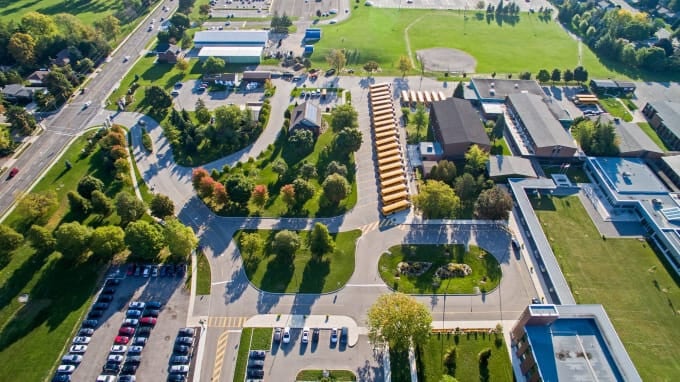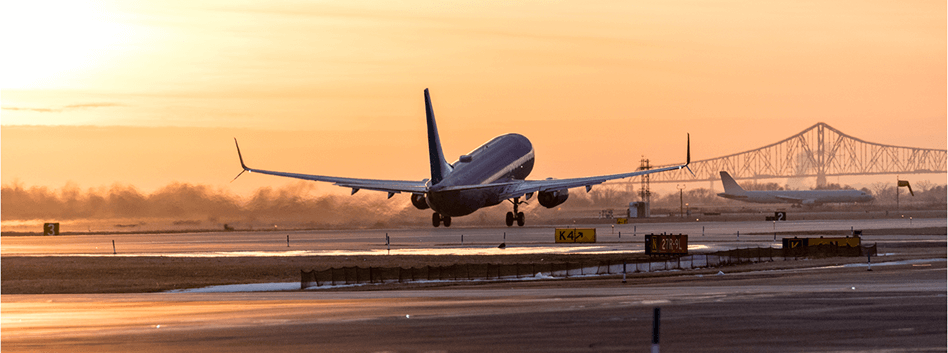
Philadelphia International Airport (PHL) and Northeast Philadelphia Airport (PNE), servicing the seventh largest metropolitan area in the U.S. and are owned and operated by the City of Philadelphia’s Department of Aviation. As such, the Department of Aviation is responsible to maintain the overall airport facilities and properties.
Between PHL and PNE, the properties equal 3,734 acres of land and 3.3 million square feet of terminal area. This sprawling operation consists of over 17,000 badged employees, serving 28.1 million passengers per year and $18.7 billion of economic activity annually.
As one would imagine, there are thousands of pieces of equipment, of all varieties, in use across these two massive campuses. It can be challenging to keep track of where each asset or piece of equipment is, which can cause several operational issues, not least of which would be wasting man hours.
Given the recent priority that the Department of Aviation has put on geospatial awareness, as well as directives for more efficient operations, decisions were made back in late 2022 to early 2023 to seek a supplier of tracking technologies for various types of airport equipment. To further complicate the need, PHL/PNE were looking for a tech that could track said equipment both inside the terminal and maintenance buildings, as well as outside either airside or landside.
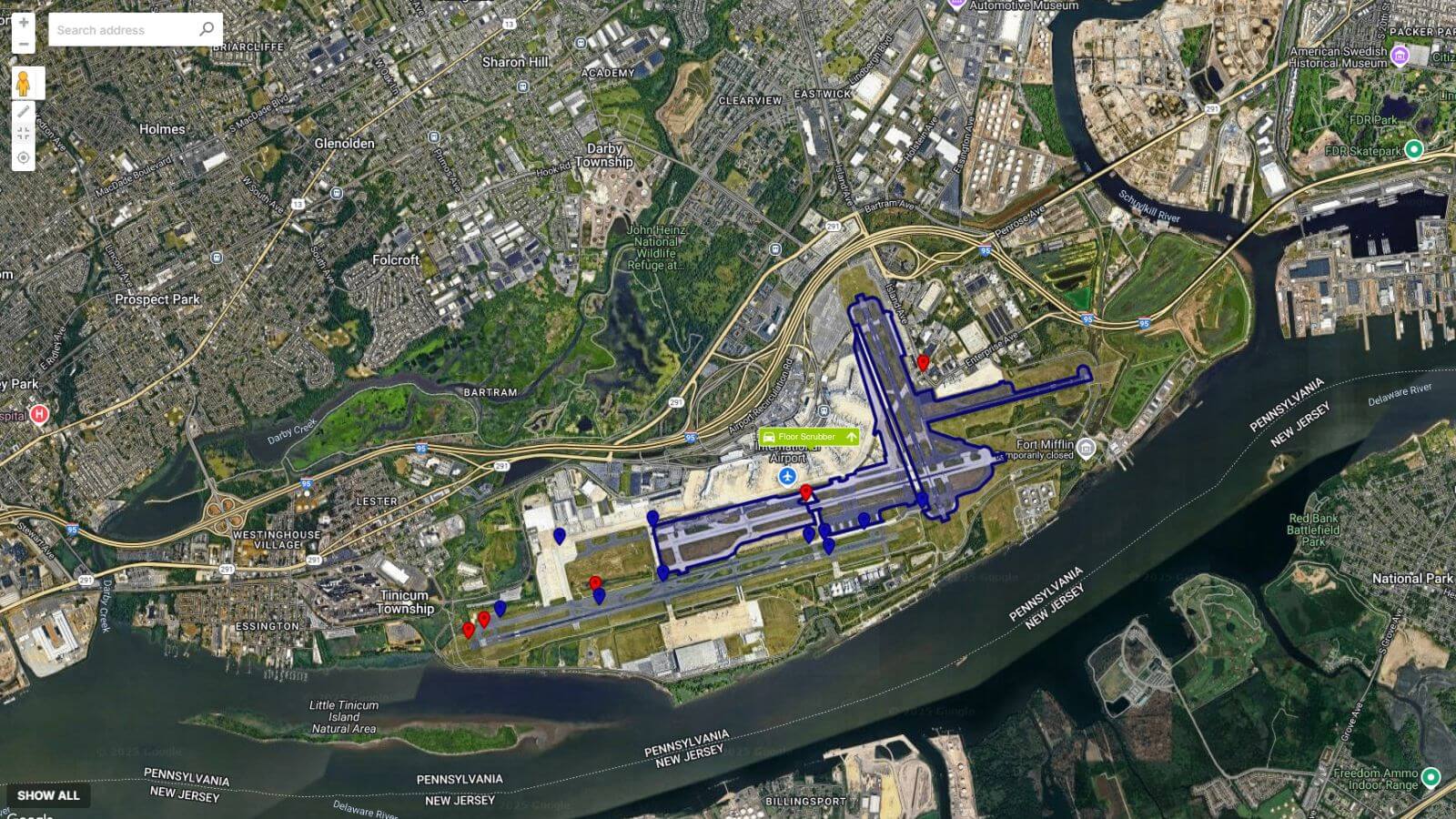
“Given the size of the terminal buildings, along with the magnitude of the outdoor space, we felt it would be a key initiative to deploy technology to allow us to keep a closer eye on various operational assets owned by the Department of Aviation,” says PHL Director of Spatial Services Nora Dougherty. “It became a priority to find the right vendor to meet our particular needs and fill a gap that had a number of complications”.
A RFP for a Small Order Purchase for GPS Asset Tracking Managed Services was tendered by the Department of Aviation, in February of 2023, to procure a vendor to supply such a tech.
Trackem GPS was selected as that vendor and has been deploying its tech since that time in a number of various equipment types and for different purposes.
Project Requirements:
Simply put, and quoted directly from the RFP “The goal of this project is to procure the managed services needed to track the location of a variety of different assets and equipment used at PHL and PNE.
The basic requirements are:
- To work with Aviation to determine the best trackers for various equipment, and how each function
- To provide SaaS to monitor equipment location, and other related data
- For the GPS tracking software to be able to input asset details, create unlimited geofences, foster admin account management, create reports, create alerts and more
- For the vendor to assist with training, system configuration and systems integration as necessary
More specifically they needed the software to:
- Display x/y tacking within 20’ accuracy
- Have customizable dashboards
- Simple user-friendly interface
- Be scalable
- Provide API or other integration capabilities with Aviation’s GIS
Further to that, they wanted tracking hardware that:
- Tracks both indoors and outdoor
- Are weather and vibration resistant
- Are wireless and require little installation time or expertise
- Have long battery life
- Are a small form factor
- Complied with and can operate independently of any Airport IT infrastructure
- Require low maintenance
The Trackem Tracking Tech Solution
The tracker that has been selected to do the job for the small equipment tracking at PHL and PNE is the Trackem Solo Tracker.
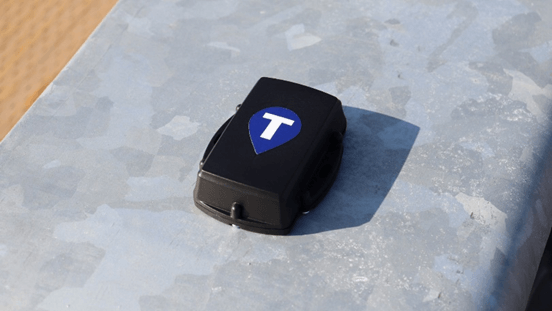
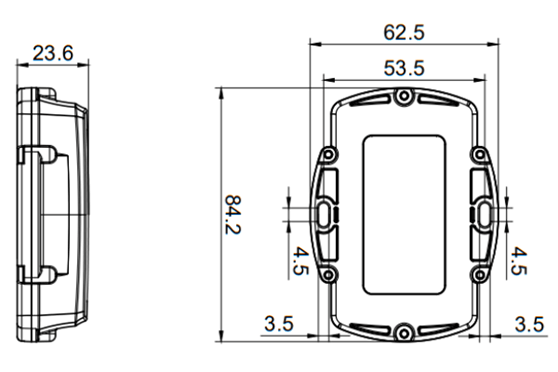
This small tracker (3.34”x2.48”x0.94”), is smaller than a deck of cards and can easily be installed on almost any piece of equipment, with two screws, a zip-tie or even double-sided tape. It is a rugged design with a water and dust rating of IP68, and capable of being submerged in water up to 1.5 meters for 30 minutes.
It can track equipment that operates both inside the airport terminal and outdoors on the apron. This is contrary to most traditional GPS trackers that can struggle to find satellite signals while indoors.
When outside, the Solo Tracker works like a normal GPS tracking device and gets its signal from GPS satellites, however, when it is indoors it reverts to finding its location through the available network of Wi-Fi routers. The tracker does not require any access to the Wi-Fi network, it simply seeks out where the routers are and triangulates its location. Like a cell phone, when it is looking for available Wi-Fi networks, the Solo Tracker looks for them and can generate its location, making this a very flexible tracker. The Solo is also FCC Certified.
The Trackem Solo Tracker is extremely low maintenance with exceptional battery life. It is powered by three ‘off the shelf’ AAA batteries. Depending on how often the Solo is scripted to ‘ping’, the batteries can last anywhere from 1 to 10 years.
How the Solo Trackers Are Deployed
At PHL and PNE, Trackem Solo Trackers have been installed on a wide range of small equipment. Examples of equipment the PHL and PNE are tracking include, but are not limited to:
- Ride on and push behind floor sweepers, scrubbers, polishers & extractors
- Scissor lifts and boom lifts
- Forklifts and pallet jacks
- Cars
- Blowers and chainsaws
- Lawn mowers
These various types of equipment can be found both inside the terminals or maintenance buildings or outside anywhere on the campus of PHL or PNE.
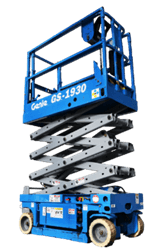
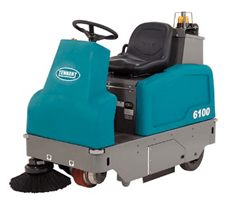
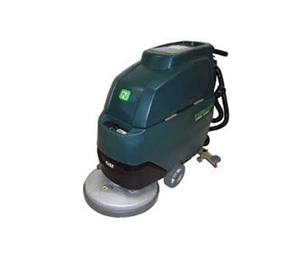
The Solo Trackers have been attached to the equipment in various ways, depending on the equipment type and spots to place it. Like all tracking hardware, for optimal results, it is best not to enclose them in a steel box, and you want the top of the tracker facing up if possible so the antenna is facing the sky.
PHL has opted to have the solo tracker ping on regular intervals of 8 times per day. This means that every 3 hours the Solo trackers are scripted to update location and transmit that data back to the Trackem GPS platform.
GIS Integration with Trackem
Shortly after PHL began to deploy the Solo Trackers on small equipment, and testing of the tracking platform was complete and proof of concept was concluded, discussions began regarding systems integration.
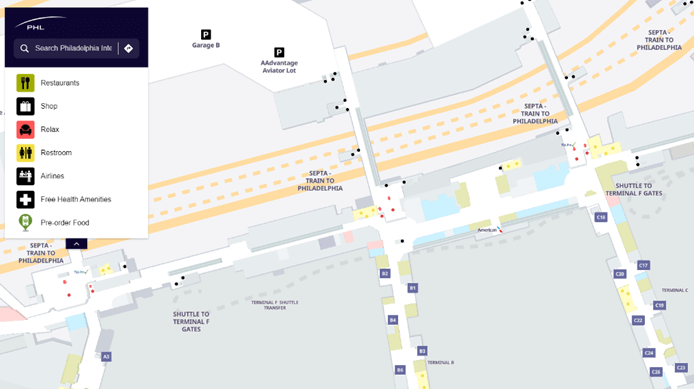
PHL has invested substantially into a GIS strategy and deployment across the campus that is second to none, in the North American aviation sector. The campus is being mapped in extraordinary detail to populate operational systems, as well as customer facing systems.
Trackem has provided support and documentation for its API integration, to plot all tracked assets at PHL, onto the new GIS system and map.
“Our GIS project is extremely complex in its attention to detail, which was only made even more interactive and alive with the addition of our Trackem GPS data,” says Dougherty.
What is next?
Not too long after Trackem GPS was assigned the task of helping PHL and PNE track small equipment, the Fleet department began inquiring about tracking various pieces of snow clearing and removal equipment. This project is now underway, whereby new Trackem Hardwired GPS Trackers have been installed into several of the airport’s snowplows, driving and push-behind snow blowers, runway sweepers and other snow clearing fleet equipment.
This project is more involved from a data collection standpoint. The fleet department is looking for much more real-time tracking, to see accurate routes and tracks of where these pieces of machinery have been. This allows managers to know what areas of the apron have been plowed, at what times and on what routes.
Further to that, and as a phase two of the project, Trackem will work with the Fleet Department to provide solutions to track outputs, such as when the plow is down, or the sweeper engaged. This way even more accurate data can be compiled about exact plowing times, to help optimize snow removal operations as well as for internal reporting on work that is completed or not.
As of the time of writing this case study, the snow has not begun to fly, so this is still a work in progress, which we will keep the reader updated on as soon as we know more.


